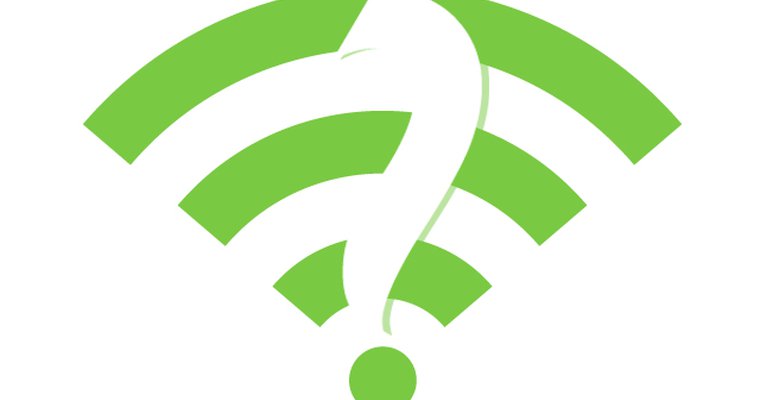The ATM wireless modem is not just a dumb box anymore. Get to know its features and functionality and it can make you a better ATM operator!
Since their introduction in 2005, wireless modems have revolutionized the ATM business; creating mobility, freedom from wired lines and greater reliability. Those original modems were dial-up only, sold by companies like DPL Hercules, Contour and JBL. While most new modems are now IP, most ATM operators still have the same plug and play mentality about their wireless modems: most likely they don’t know who their carrier is and what network their modems are running on. And most ATM operators are not taking advantage of their provider’s sophisticated web portal tools.
So what should an Independent ATM Deployer (IAD) do?
Take an inventory of their current wireless modems in the field and start upgrading them to new 4G LTE devices as soon as possible.
A wireless modem is only as good as its network coverage. A forward-thinking IAD will ask their current wireless provider what carrier and network their modems are using. And what is the provider’s plan for upgrading their hardware to 4G LTE and what that means for you.
Create a master list of your modems by physical location.
Use this inventory process to eliminate unnecessary wireless modems that can be replaced by connecting the ATM to the merchant’s Internet.
Identify unused and non-working modems that can be returned or canceled.
The majority of the ATM wireless modems currently in the field are still either 2G or 3G. ATM owners are already experiencing issues with their 3G modems, especially in rural areas, as the telecoms continue to upgrade and transition their cell towers to 4G LTE service. Verizon is now encouraging software developers and hardware manufacturers to use its new 4G LTE Cat M network, which was built for the IoT (Internet of Things) markets and M2M (machine to machine) use.
Realize that it’s not all about the monthly data cost any more.
The big three (OptConnect, DPL and Wireless ATM Store) all have web portals designed to make the IAD’s fleet management easier. Features vary by provider but portals can allow users to remotely re-boot their ATMs, check signal strength, and see the terminal ID number that the modem is communicating from. Savvy buyers will compare the features and cost (if any) of the provider’s web portals before signing up.
Tap into the latest wireless products and functionality.
WTI Wireless and others have modems that now offer failover solutions.
DPL just introduced Remote Monitoring Service (RMS) capabilities thru their modems which allow the operator to print out journals to satisfy REG E Chargebacks, thereby avoiding a special trip to the location.
Many offer reboot devices and the ability to set alerts and review router status from a web portal.
Figure out if it makes more sense for your business to lease versus buy when shopping for new wireless modems.
The U.S.’s largest ATM wireless provider, OptConnect, continues to only offer a monthly lease option with a two-year commitment. Competitors DPL and Wireless ATM Store only offer an option to purchase the modem with a monthly fee. But don’t think that just because you own the modem that you can switch the service; their modems are “locked” like the cell phones that you buy from most carriers.
Don’t forget to ask about Tech Support and Warranty Coverage.
Constant firmware updates to keep the modems in sync with the ATM processors is more important today than ever before. In addition, with new products like DCC and Bitcoin, it is critical that your wireless modem can handle the new functionality. And before you choose a wireless provider, make sure that the hours of their live tech support fits your busy schedule.
Ask your wireless provider about the warranty coverage on their modems: how long is it and do they offer an immediate replacement option. Systech’s manufacturer warranty is for five years, but you have to send your defective box to them at your cost and it will take 6 to 8 weeks. A good wireless provider will handle your claim with an immediate replacement.
There you have it.
The ATM wireless modem is not just a dumb black box anymore.
Get to know its features and functionality and it can help you be a better ATM Operator.
Talk to different providers about their wireless programs, which will save you headaches and money in the long run, and help you grow your business. For more advice from the industry’s top experts, contact Jon at New York ATM today.

